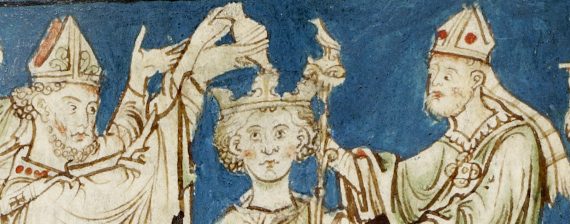- About
- Visiting
- What’s On
- Venue hire
- Catalogues
- Collections
- 101 Treasures of Chetham’s
- Digital Resources
- The Flowers of Histories
- A Book of Hours from France
- The Manchester Scrapbook
- Thomas Barritt of Manchester
- Art Treasures Examiner of 1857
- Manchester Association for Constitutional Order
- The North Western Museum of Science and Industry: Some Reminiscences by Richard Hills
- Criminal Manchester
- The Cup of Destiny
- Athenaeum Souvenir
- Middle English Manuscripts
- Manchester and Liverpool of Today
- Hollingworth’s Mancuniensis
- Memoir of Cecil Wray
- William Seward’s Diary
- The Anti-Monopolist
- Fishwick’s History of Rochdale
- Knyvett’s Defence of this Realm
- Tractatus de Nigromantia
- Axon Ballads
- Printed Books & Ephemera
- Archives & Manuscripts
- Prints and Photographs
- Blog
- Support us
Digitised Manuscripts
Recent photography of some of our medieval manuscripts
We are extremely grateful for a recent grant from DCMS Wolfson which among other things has enabled us to digitise a small number of our medieval treasures. We will be producing facsimiles of these manuscripts for library visitors to handle once we reopen. The originals are fragile and easily damaged by handling, but the high quality facsimiles will enable visitors to get as close as possible to the experience of reading these remarkable volumes. You will be able to take a seat in the alcove in our Reading Room and turn the pages of a Latin chronicle written between the thirteenth and fourteenth century, or sit in quiet prayer and contemplation with an exquisite fifteenth century Book of Hours.
High resolution photography by Michael Pollard enables us to look very closely at the many small details within the books, both the text and the decoration and images; a new opportunity for manuscript scholars to resolve problems the naked eye or magnifying glasses struggle to deal with, all while protecting the originals from over-use and strain on bindings.
These pages will be a work in progress, so please return from time to time to see more as we are able to add new images and texts.
Flores Historiarum
The Flores Historiarum, the ‘Flowers of Histories’, is a favourite with Library staff and arguably the most significant medieval manuscript in the Library’s possession. Like the majority of chronicles written in western Europe in the medieval period, it is in Latin and was largely compiled and written by the historian Matthew Paris at the royal abbey of St Albans. It is famous for its sequence of images of coronations of kings of England, but also carries an important text of the reigns of Edward I and Edward II, written during its ‘second life’ when continued at another great Benedictine house, Westminster Abbey. Read our introduction to this remarkable work here.
Books of Hours
Books of Hours have been described as “medieval best-sellers”, and were in general use in western Europe from the thirteenth until the sixteenth century. They contained, often among many other devotions, a series of eight short services, the Little Office of the Blessed Virgin Mary, to be recited at different times of the day and night. The services are modelled on the services said daily by the clergy and they share the same names: Matins, Lauds, Prime, Terce, Sext, None, Vespers and Compline. Books of Hours are usually illuminated and frequently contain miniatures to mark each important textual division.
The Library has three examples of these pocket-sized books of devotion and we have chosen to create facsimiles of two of them. Our first taste of them comes from an example made in Normandy in the fifteenth century.
As we’re able to add content, our virtual display guide you through the hours of private prayer of the medieval day and the major feasts of the year.
A Hymnal from Sion Abbey
Musical notation accompanies the text of these hymns, the text of many of which goes back to the early centuries of Christianity in western Europe, accompanied by chant notation of music with equally long-standing traditions. We will visit several pages containing chants still in daily use.

